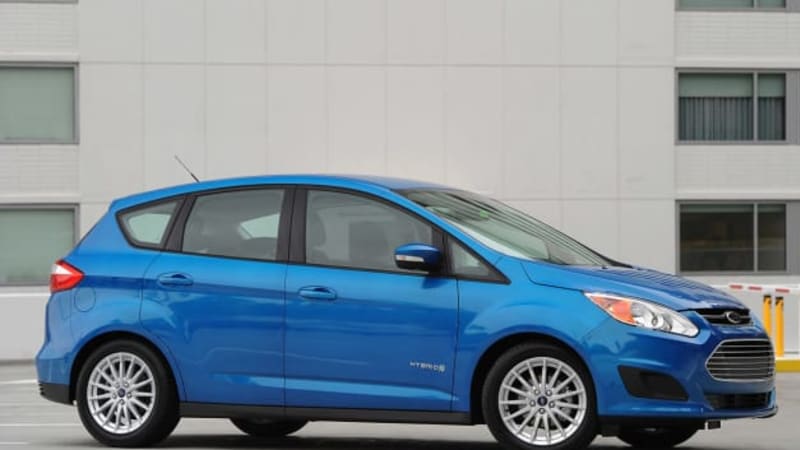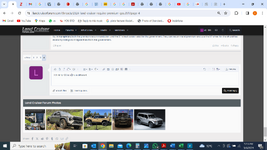It depends on what you value.
For me, I value the biggest bang for my buck. Always have. From my computers as a gamer, I get for the dollar the best I could, not the top of the line but something that is well rated, will last tech wise (reasonably) and give me what I want.
Do the same thing regardless of cars, appliances, or a house.
This car should be the last one I get prior to my retirement years. Knowing that I will soon be on a fixed income: the cost of the vehicle made me blink, but I'm still on the list because I can buy it. The sliding scale of gas makes me sigh, and I'm still on the list, for now. I am also looking at other cars. It just opens up the possibilities of what is out there because I want to be comfortable signing on that line.
For me, I value the biggest bang for my buck. Always have. From my computers as a gamer, I get for the dollar the best I could, not the top of the line but something that is well rated, will last tech wise (reasonably) and give me what I want.
Do the same thing regardless of cars, appliances, or a house.
This car should be the last one I get prior to my retirement years. Knowing that I will soon be on a fixed income: the cost of the vehicle made me blink, but I'm still on the list because I can buy it. The sliding scale of gas makes me sigh, and I'm still on the list, for now. I am also looking at other cars. It just opens up the possibilities of what is out there because I want to be comfortable signing on that line.







